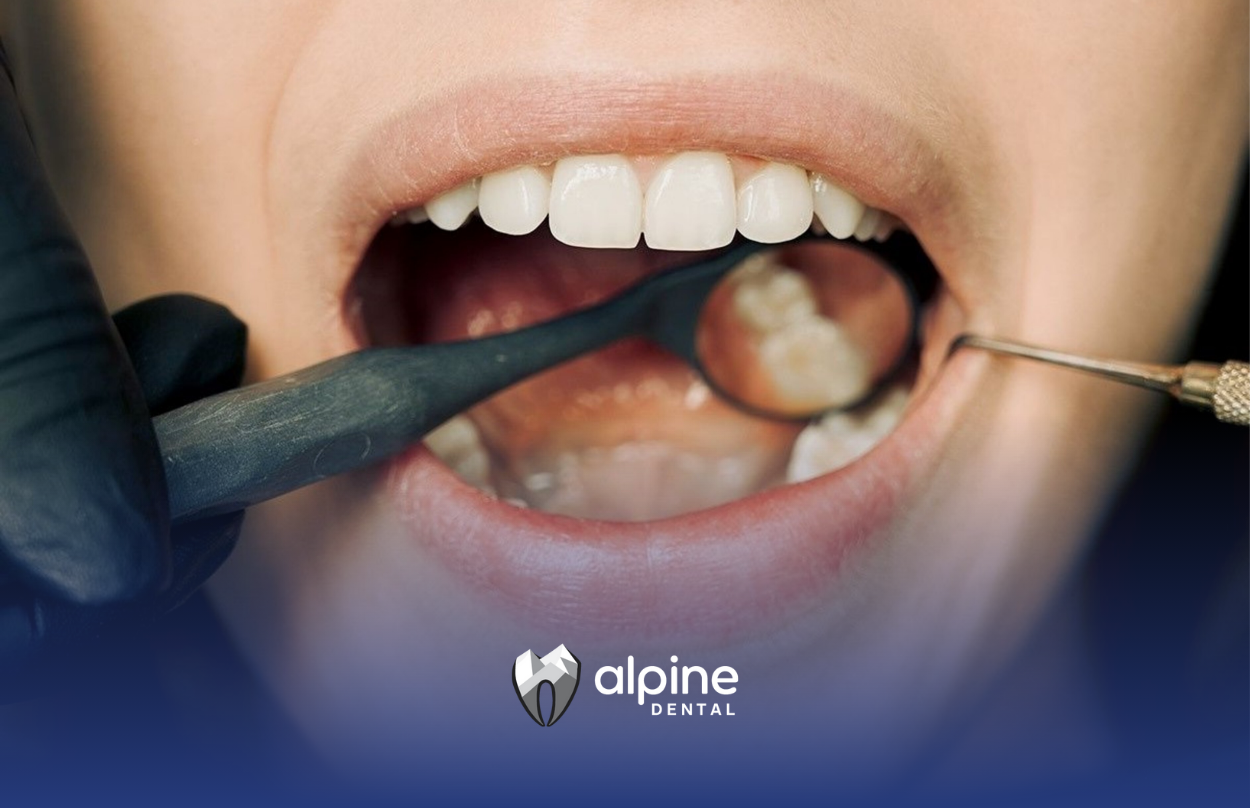Is Tooth Decay an Emergency? Signs You Shouldn’t Ignore
Tooth decay is one of the most common dental problems, but not every cavity is an emergency. In its early stages, decay may only cause mild sensitivity or discomfort, which can usually wait for a scheduled dental visit. However, when decay progresses and damages deeper layers of the tooth, it can become a serious dental emergency.
Signs that tooth decay has become an emergency include intense tooth pain, swelling of the gums or face, pus around the tooth, or fever. These symptoms suggest that infection has spread, possibly forming a dental abscess. Without prompt treatment, the infection could reach the jawbone or bloodstream, creating life-threatening complications.
Immediate dental care is critical in such cases. Treatments may include antibiotics, drainage of the abscess, or a root canal to save the tooth. In severe cases, extraction might be necessary.
While not all cavities are emergencies, delaying treatment can turn a small issue into a serious one. Regular checkups, good oral hygiene, and early treatment of cavities are the best ways to avoid dental emergencies.
At Alpine Dental, we offer both preventive care and emergency treatment to maintain your smile's health and safety.
Frequently Asked Questions
Is tooth decay always a dental emergency?
Not always. Early-stage cavities can usually wait for a scheduled appointment, but severe pain, swelling, or infection requires immediate care.
What signs of tooth decay are urgent?
Severe toothache, pus, swelling in the gums or face, or fever indicate an emergency that needs quick treatment.
Can untreated tooth decay become life-threatening?
Yes. Advanced decay can lead to abscesses and infection that spread to other parts of the body if left untreated.




